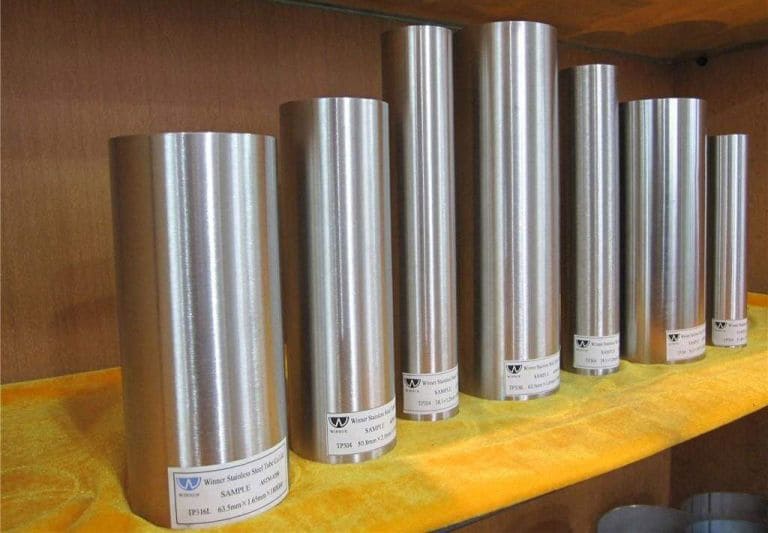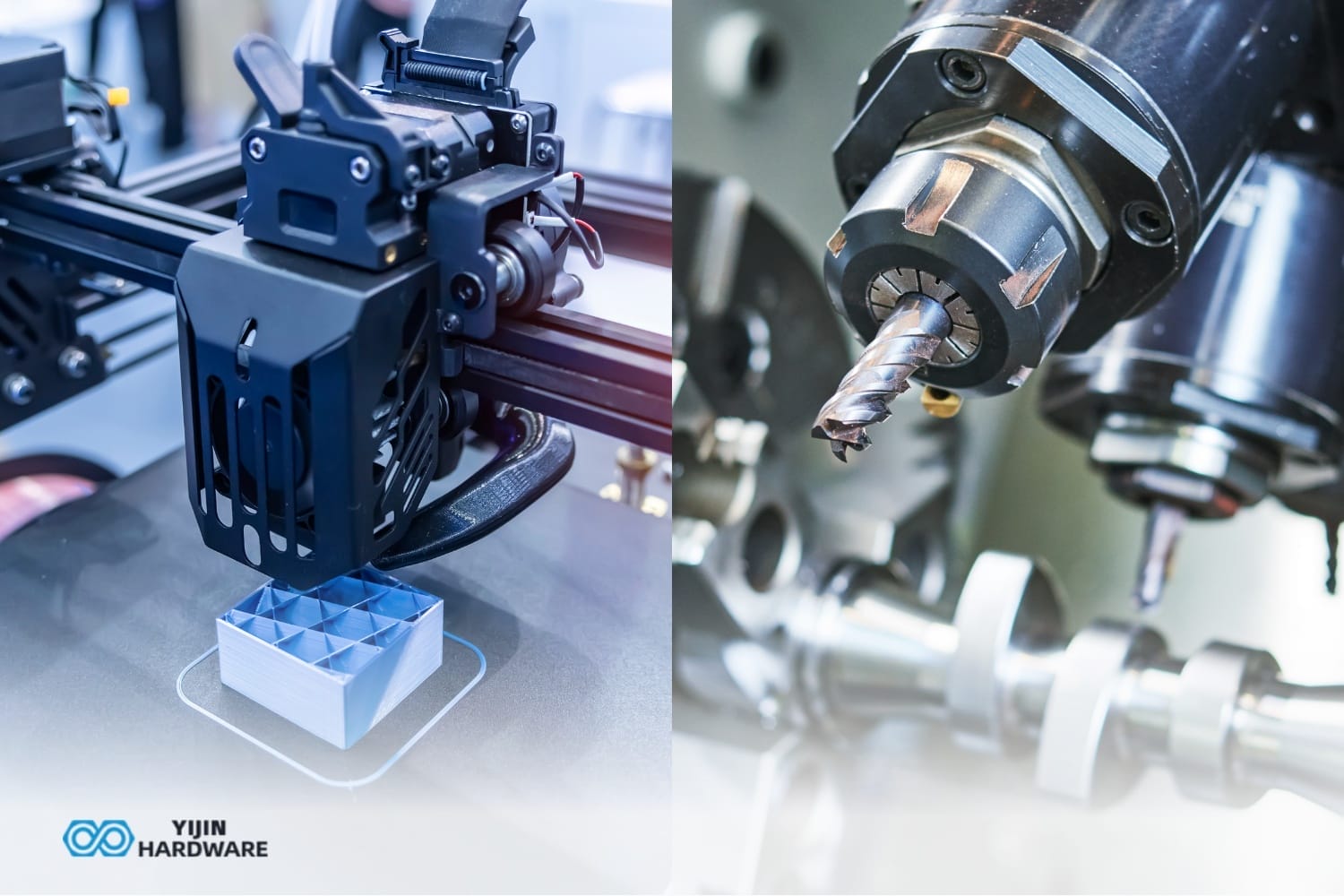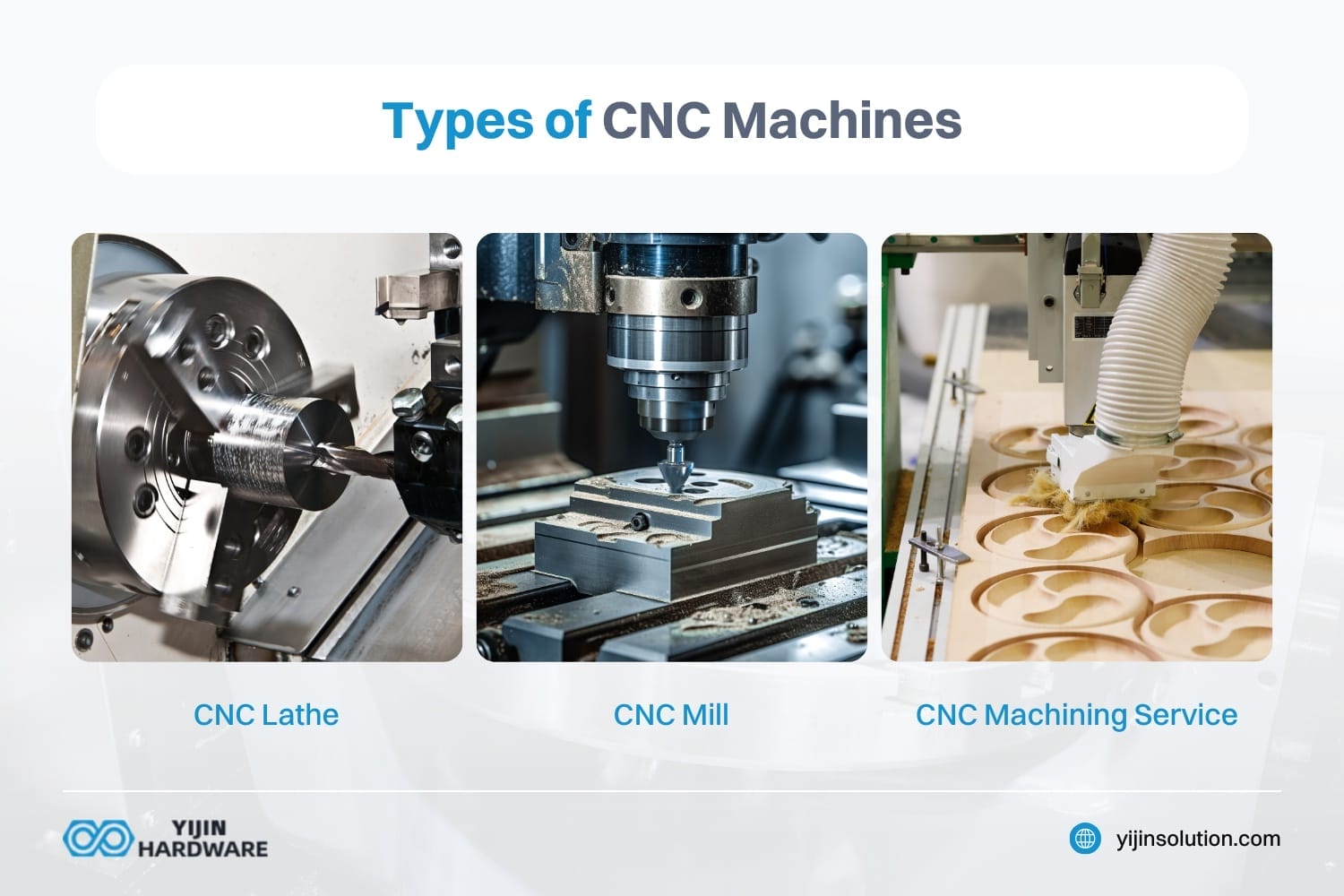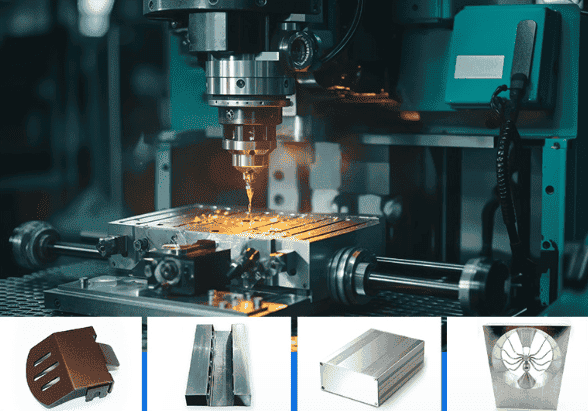Stainless steel is a highly durable, long-lasting material that comes in many forms and varieties that you can easily find at many online retailers and local building supply stores.
Its numerous applications continue to grow each year as new developments are made in moods of production, leading to improvements in quality, ease of use, and pricing.
But despite its popularity, it can be easy to get lost in the sea of different grades and various types of stainless steel, which makes it hard to keep track of them all.
It is especially true when you’re just starting your business venture or even if you’ve been working with steel for years.
Here we have an ultimate stainless steel grade chart to help you navigate the industry and find the best stainless steel you need for your current project without any hassle.
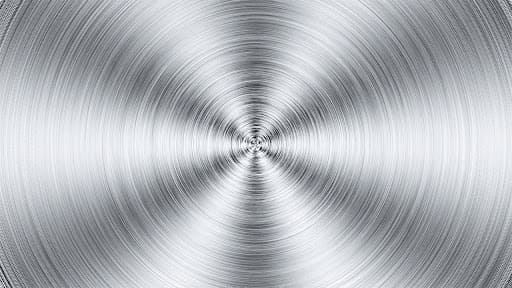
Criteria For Stainless Steel Classification
Different criteria can be used to classify stainless steel:
1. Chemical Composition
Chemical composition is the most important criterion for classification. Stainless steel is composed of iron, chromium, and other alloying elements.
The proportions of these elements determine the properties of the steel. The overriding factor in stainless steel grades is the amount of chromium in the material.
Other non-chromium elements can influence the material and its corrosion resistance. With that in mind, the criteria for stainless steel classification apply as:
- Percentage of Chromium Content – The higher the chromium content, the more corrosion-resistant the metal will be.
- Percentage of Carbon Content – The higher the carbon content, the lower the corrosion-resistant stainless steel will be.
2. Mechanical Properties
Mechanical properties, such as strength and hardness, can also be used to classify the grades and types of Stainless Steel.
Stainless steel can be heat treated to improve its mechanical properties. For example, austenitic stainless steel can be hardened by cold working.
3. Metallurgical Structure
Stainless steel can also be classified as austenitic, ferritic, martensitic, or duplex based on the metallurgical structure.
Austenitic stainless steel has a face-centered cubic crystal structure and is non-magnetic.
On the other hand, ferritic stainless steel has a body-centered cubic crystal structure and is magnetic.
The metallurgical structure of Austenitic and Ferritic Stainless Steel collectively results in Duplex Stainless Steel.
Martensitic stainless steel has a body-centered tetragonal crystal structure and is magnetic.
What Is Stainless Steel Made Of?
Stainless Steel is an alloy composed of iron and many other strong metals, for example, chromium and carbon.
At least 10.5% chromium in every grade of Stainless Steel naturally shields against corrosion.
Other agents such as nickel, molybdenum, and titanium strengthen it and make it durable.
The stainless steel grades chart starts with the most basic knowledge of stainless steel – its components.
Stainless steel has a high amount of chromium and nickel added to it, which makes it resistant to rust and corrosion.
When shopping for stainless steel, there are two things to consider knowing; family and grades.
Most Common Families of Stainless Steel and Their Grades

Most Common Stainless Steel Grades PDF.
1. Austenitic Stainless Steel
Austenitic stainless steel makes up approximately 75% of all stainless steel production.
It has unique traits that make it an excellent choice for various tasks and applications, such as increased resistance against corrosion or flexibility under certain circumstances.
The added element of chromium makes it more resistant to rust and highly durable when used at higher temperatures due to the high nickel content, which reduces its susceptibility to oxidation.
Its versatility leads individuals to use this kind of metal in various things like food processing machinery or medical equipment where its durability can come in handy without sacrificing too many other properties.
Grades Of Austenitic Stainless Steel
- 302 stainless steel is non-magnetic stainless steel but becomes slightly magnetic when cold work. It is the standard for the pressure vessel and food handling industries.
- 302 stainless steel is available in four tempers: annealed, cold drawn, quarter hard, and full hard. Its composition ranges from 17% chromium, 14% nickel, and 8% manganese to 18% chromium, 8% nickel, and 7% manganese.
- 303 stainless steel is an austenitic chromium-nickel steel with good corrosion resistance and formability. It is a non-magnetic steel that can be easily heat-treated and welded and is widely used in the aerospace and chemical industries, besides the food and beverage industry.
- SS304 is the most commonly used grade of austenitic steel, with up to 18% chromium and 8% nickel.
- Grade 310 is the most heat-resistant Austenitic Steel, containing 24% chromium, 20% nickel, and 6% molybdenum. It is magnetic and can withstand temperatures up to 2100 degrees Fahrenheit.
- 316 is a higher grade than 304 and provides more corrosion resistance, with a composition of 16% chromium, 10% nickel, and 2% molybdenum, often used in the chemical industry. Made of 9-12% of Nickel, 17-19% of chromium, and up to 0.80% of Titanium, SS321 grade provides excellent resistance to intergranular corrosion.
- It is ideal for use in environments where repeated exposure to high temperatures is expected, such as heat exchangers, boiler tubes, and exhaust systems.
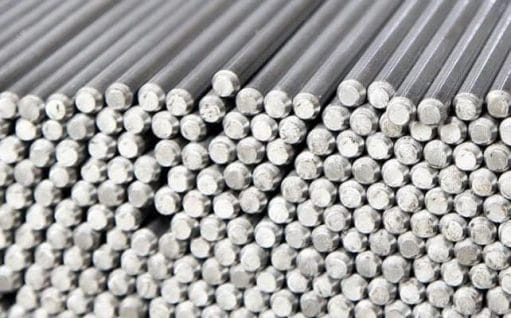
2. Ferritic Stainless Steel
Ferritic stainless steel has a microstructure consisting of high levels of chromium and low levels of carbon, with small amounts of martensite.
The ferritic family is the less common but the most corrosion-resistant, thus also used in electrical applications, making up 15% of the produced stainless steel.
In comparison to austenitic stainless steel, ferritic stainless steel is significantly more durable yet also more vulnerable to corrosion when exposed.
Though it is unsuitable for high temperatures, it is mainly used in applications that require a high level of corrosion resistance, like marine equipment, such as cables, knives, and bolts.
It is also often used in automotive and industrial applications.
Grades of Ferritic Stainless Steel
- 409 stainless steel contains 10.5% to 11.75% of chromium and 0.50% to 1.0% of manganese with up to 0.30% carbon content. It offers excellent corrosion resistance, despite being less resistant to high heat conditions than the other types of steel.
- The addition of manganese makes it more durable, while silicon improves its ability to resist being scaled over or corroded by phosphorus.
- The relatively high carbon content of 409 stainless steel makes it susceptible to cracking when exposed to high temperatures. However, it can be overcome using lower welding currents and shorter weld times.
- 430 Stainless Steel is considered hard-to-harden steel that resists corrosion and has good malleability. Its common uses are applications where the steel needs to maintain its mechanical properties at elevated temperatures.
- SS430 is composed of low amounts of carbon, which makes it more prone to intergranular corrosion than other grades of stainless steel. It can be welded using all standard welding methods but cannot withstand high heat conditions.
- 439 stainless steel contains 18% chromium and some trace amounts of other metals like titanium, aluminum, molybdenum, and nickel. This combination of metals gives 439 stainless steel sufficient corrosion resistance, high strength, and hardness.
- Additionally, 439 stainless steel is resistant to scaling and other damages that can occur during temperature changes. Its malleability allows it to form various shapes.
3. Martensitic Stainless Steel
Martensitic stainless steel is the least common type and makes up roughly 10% of all stainless steel produced.
It contains a high percentage of carbon that makes it extremely hard and durable, making it ideal for various applications.
Though its exclusive uses are knives, surgical instruments, and other cutting tools, sometimes it is found in high-pressure applications such as valves and pumps.
It provides the least corrosion-resistant as compared to other stainless steels, resulting in uses for applications where corrosion resistance is not a primary concern, such as cutlery and surgical instruments.
Grades of Martensitic Stainless Steel
- Grade 410 stainless steel is the lowest grade of martensitic stainless steel. The low carbon content in SS410 makes it soft and easy to use in various applications. However, this also makes it less resistant to corrosion.
- Grade 420 steel has a higher carbon content and hardness that make it more resilient than SS410, which is why it is often used for applications where hard surfaces are needed, like turbine blades.
- Grade 430 stainless steel is ferritic-martensitic non-hardenable steel with good corrosion resistance. Due to its formability and welding qualities, being highly ductile, it can be used in various industries, such as the food service industry.
- 440 stainless steel is a high-carbon steel with a minimum chromium content of nearly 10.5%, which provides excellent hardness and wears resistance properties. The steel also has good corrosion resistance, making it ideal for use in a wide variety of applications.
4. Precipitation-Hardening Stainless Steel
Precipitation-hardening stainless steel is in the minority and is used mainly in food service and outdoor equipment.
It is not very corrosion-resistant, though it is strong and durable and can be heat treated to increase its hardness.
It is often used in applications where high strength and hardness are required. However, its microstructure is also very brittle and can easily break if not treated properly.
The precipitation-hardening process involves adding a hardening agent, typically a metal, to the steel and then heating it to a high enough temperature to precipitate the hardening agent.
The hardening agent then precipitation-hardens the steel, making it stronger and harder.
Grades of Precipitation Stainless Steel
- 17-4 is one of the most widely used PH stainless steel grades. Its excellent corrosion resistance makes it best for gears, shafts, valves, and fasteners.
- Having good corrosion resistance and high strength, 15-5 PH Stainless Steel is often used for aerospace applications.
- 13-8 PH stainless steel also has excellent corrosion resistance and high strength, which makes it best for medical implants and other high-strength applications.
5. Duplex & Super Duplex Stainless Steel
Duplex and super duplex stainless steels are high-performance materials that offer outstanding corrosion resistance, strength, and toughness.
These steels are particularly well suited for use in aggressive environments like if high levels of stress and corrosion are present.
As made of austenite and ferrite microstructures, Duplex Stainless Steel provides superior strength and corrosion resistance.
Super duplex stainless steels take this a step further by adding more chromium, molybdenum, and nitrogen to the composition, resulting in an even higher level of corrosion resistance.
Both duplex and super duplex stainless steels are often used in various industries, including chemical processing, oil and gas, marine, power generation, and more.
Grades of Duplex & Super Duplex Stainless Steel
Their most common grades are duplex 2205 and super duplex 2507. These grades of stainless steel are more expensive than other grades, but their increased strength and corrosion resistance make them worth the extra cost.
- Duplex 2205 is a 22% chromium, 5% nickel, 3% molybdenum, and 2% manganese alloy. Developed in the early 1990s, Duplex 2205 stainless steel was designed to provide superior corrosion resistance in various environments, including high temperatures and chloride concentrations. Duplex 2205 is used in many industries, including oil and gas, chemical processing, marine, and power generation.
- Super duplex 2507 stainless steel is a high-strength, corrosion-resistant alloy offering outstanding durability and performance.
- This unique stainless steel alloy is comprised of 25% chromium, 7% nickel, and 3% molybdenum, which gives it superior strength and corrosion resistance.
- Super duplex 2507 stainless steel is often used in the most demanding environments, such as chemical processing, oil and gas production, and marine applications.
- Thanks to its exceptional strength and corrosion resistance, Super duplex 2507 stainless steel is the perfect choice for applications with durability and performance.
Some Pro Tips to Use Stainless Steel More Effectively
Here are a few tips on how to use Stainless Steel, versatile material effectively:
- While welding, use a shielding gas to prevent oxidation.
- Use a carbide-tipped blade to prevent the formation of burrs while cutting.
- When cleaning, use a mild detergent and avoid harsh chemicals.
- Use back support to prevent warping when working with thin sheets.
- When storing, use a dry, clean environment to prevent rust.
By following these tips, you’ll be able to get the most out of your stainless steel and create a lasting, high-quality product.
Conclusion
The stainless steel grades chart is perhaps one of the most important charts to keep on hand if you work in industrial construction or with different types of metals.
It can come in handy and make your life easier when you need to know which stainless steel grade you should use for a particular project.
And although these charts can be helpful, it is also vital to remember that they are not set in stone. Many elements play a role in selecting a particular type of stainless steel, such as cost, availability, composition, and more.
Feel free to reach us if you stuck any questions related to the metals.

 info@yijinsolution.com
info@yijinsolution.com (+86) 188-2253-7569
(+86) 188-2253-7569
